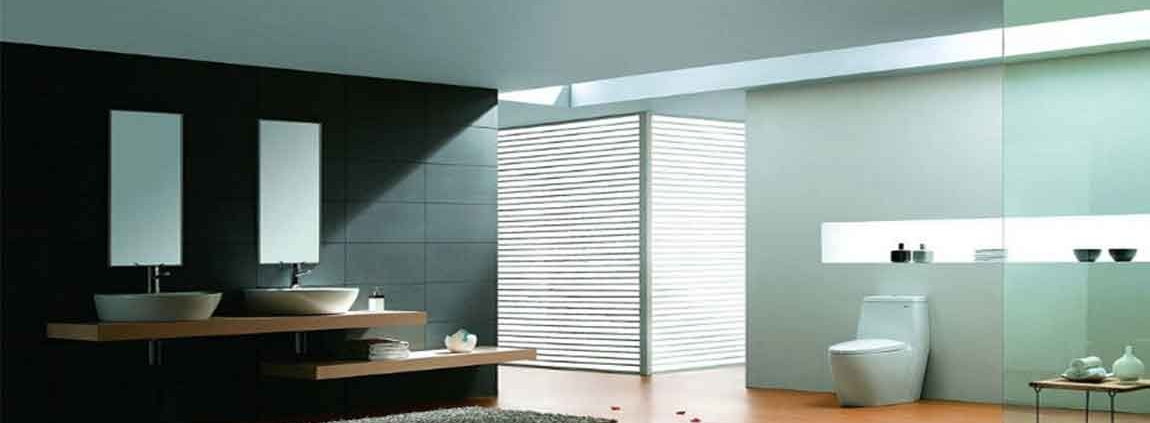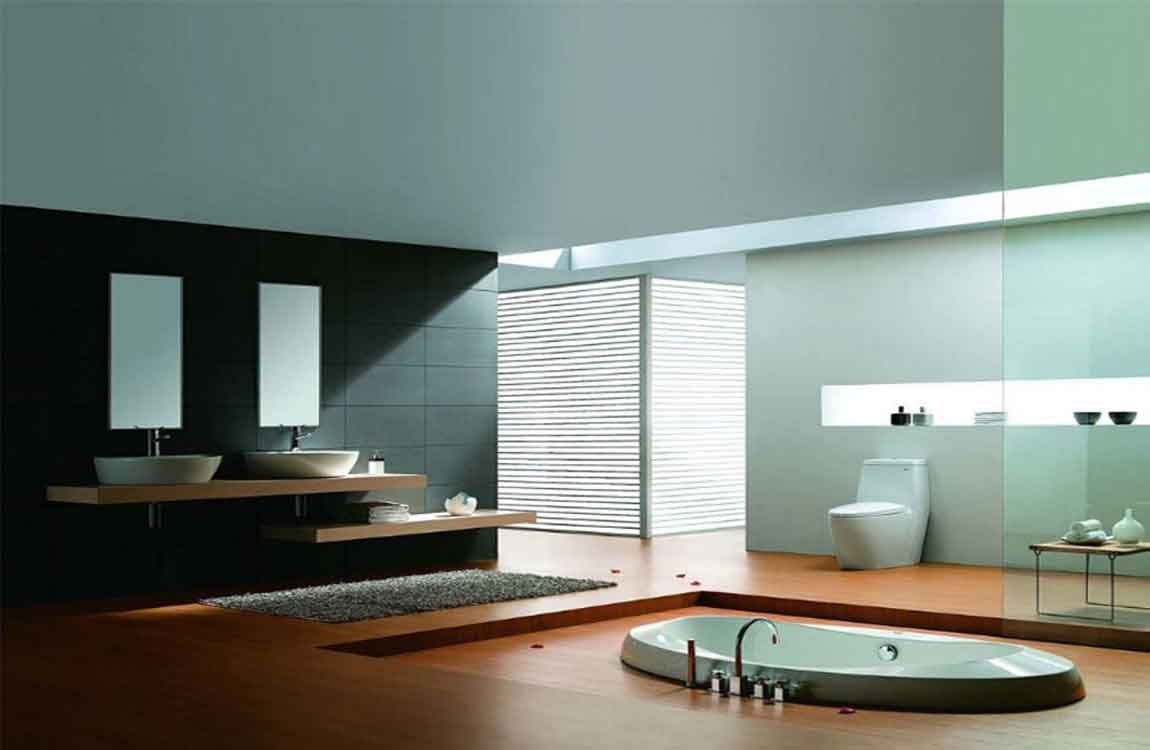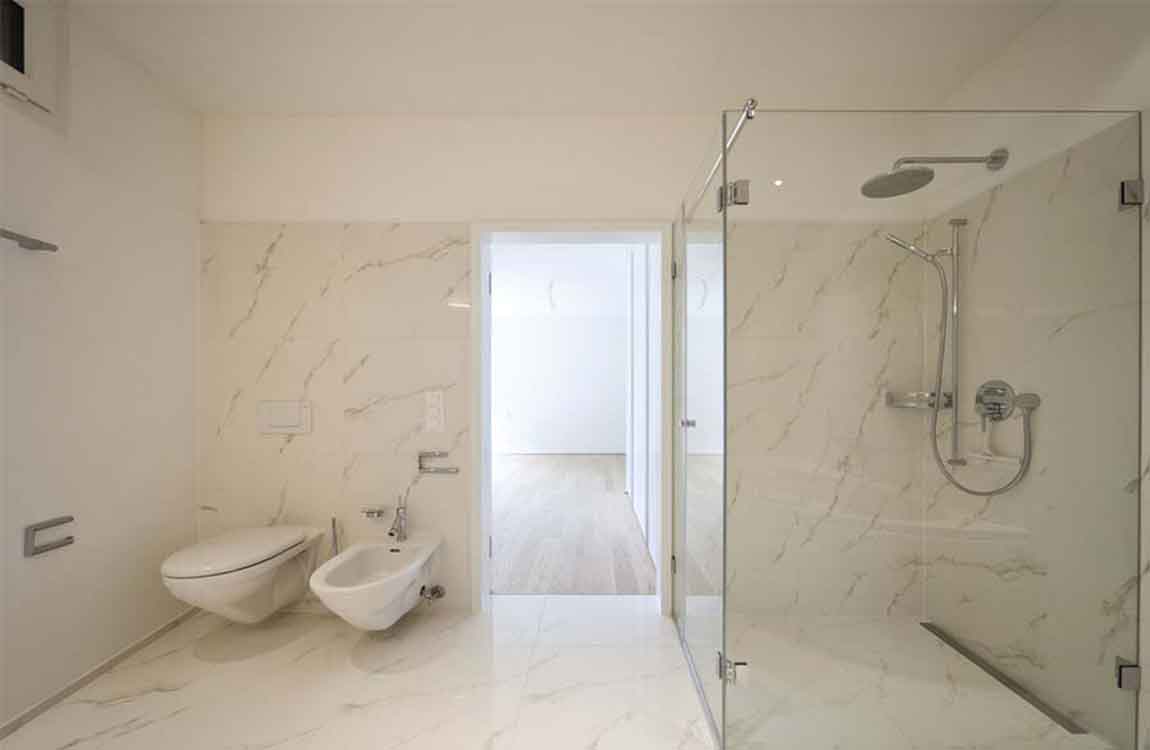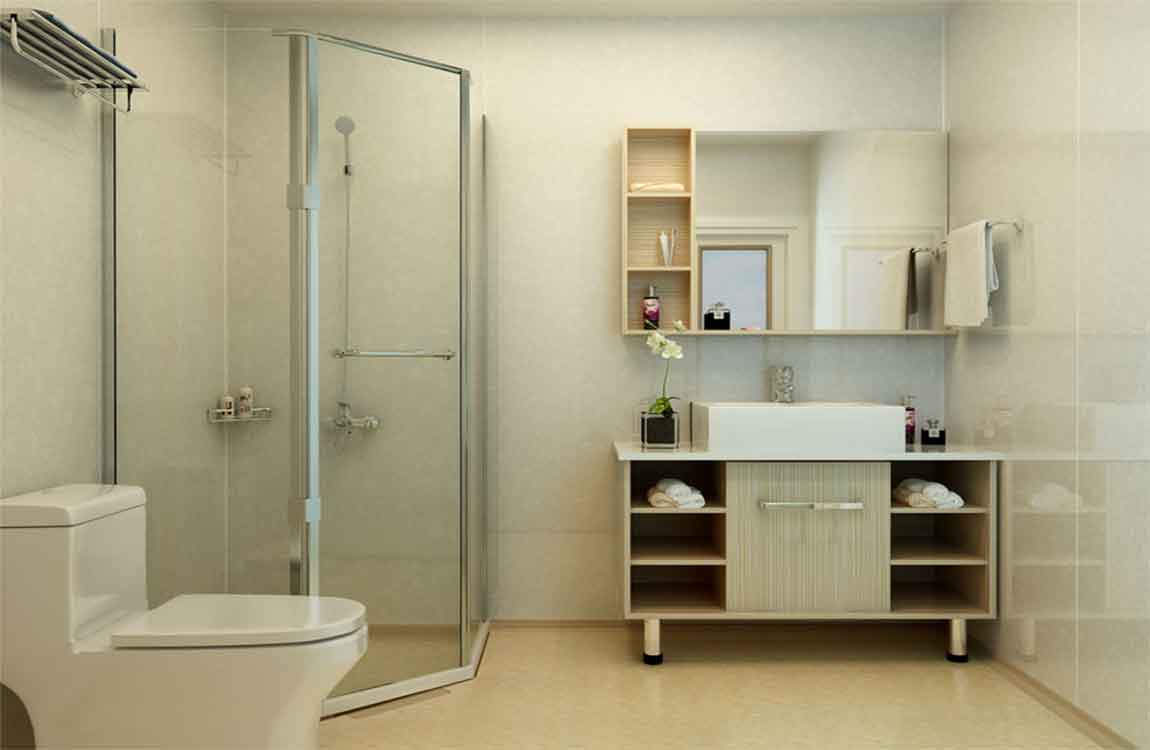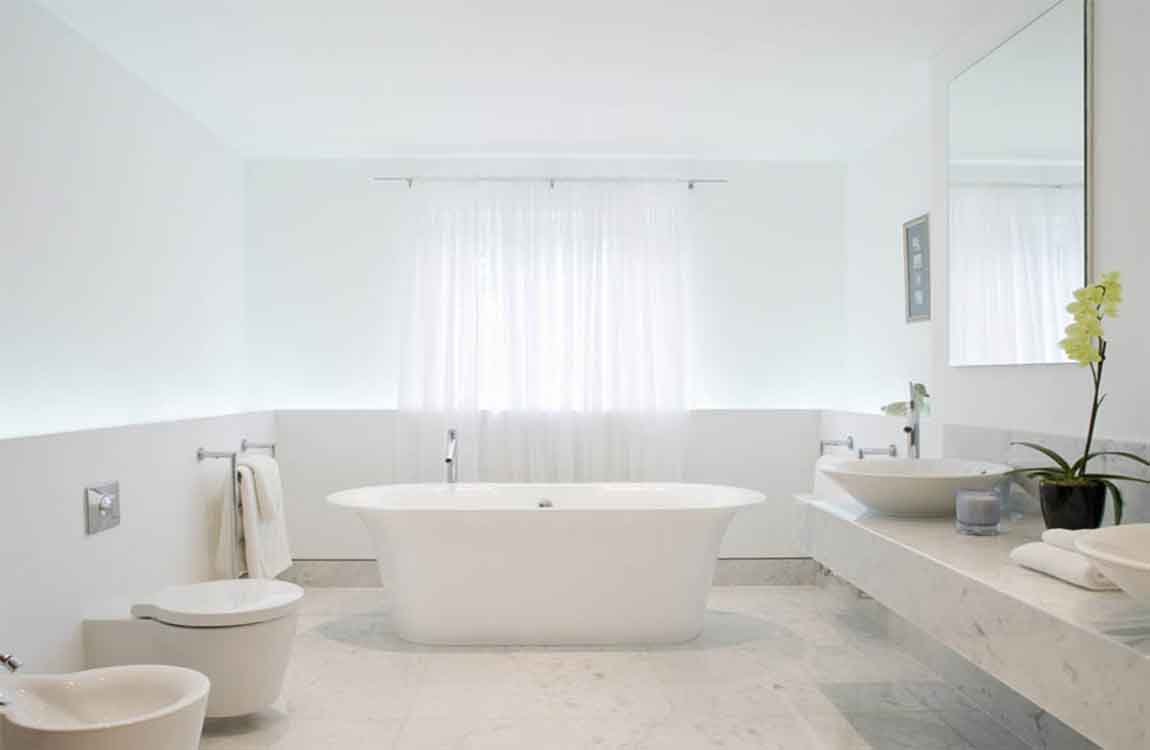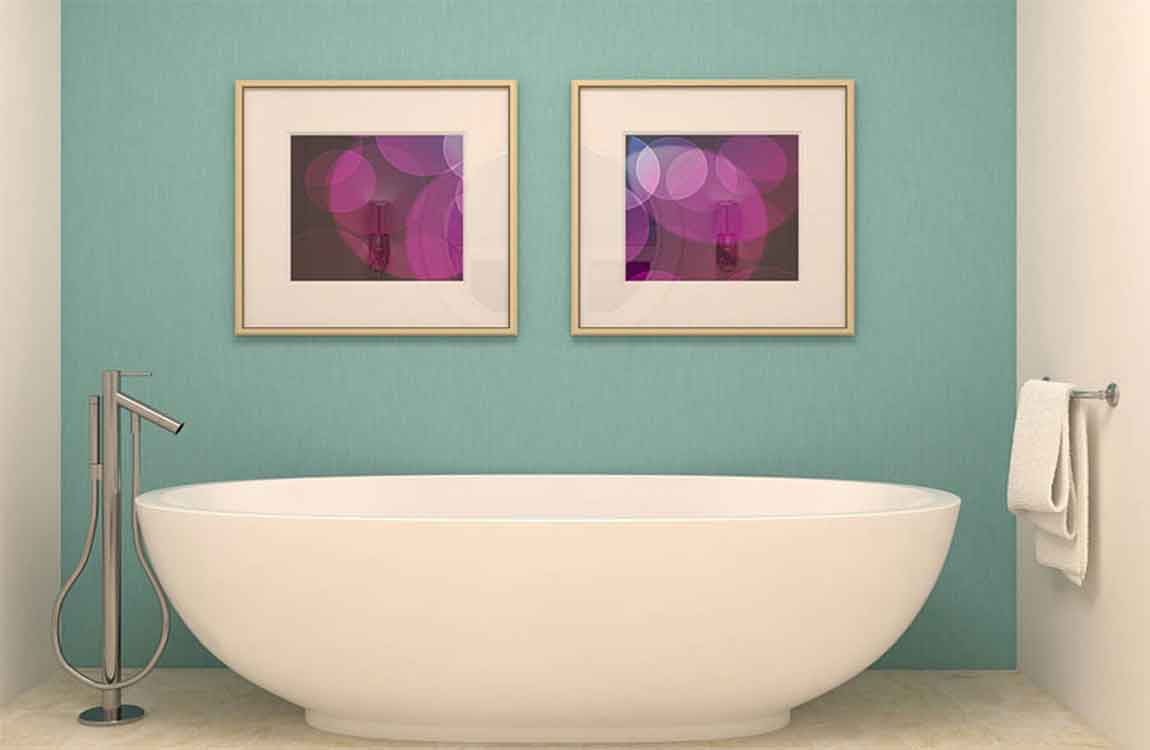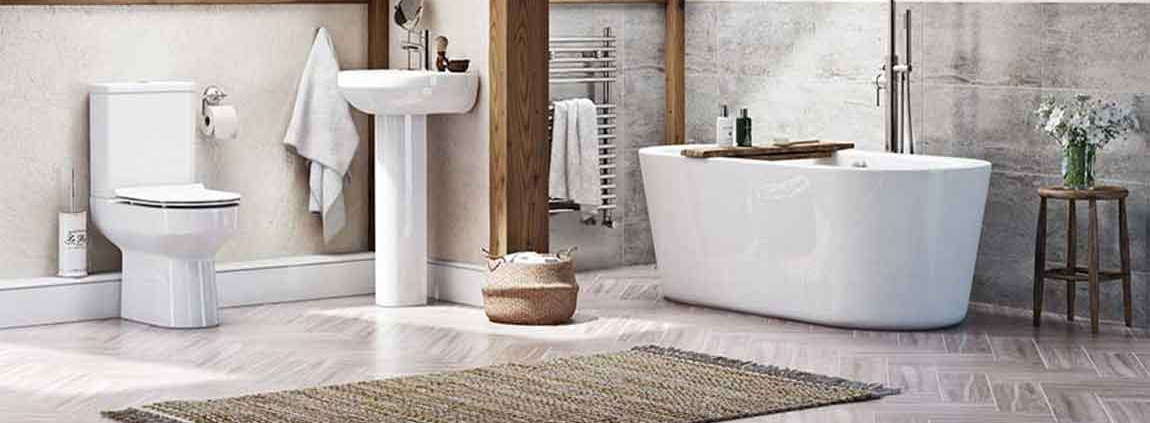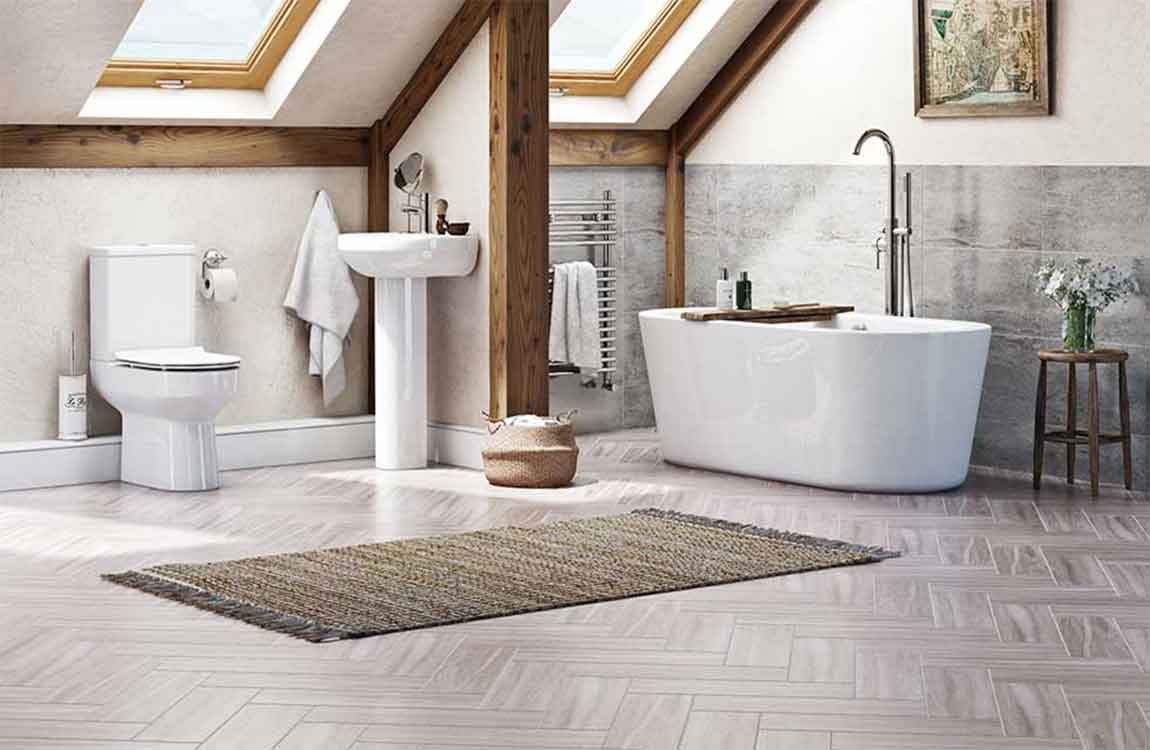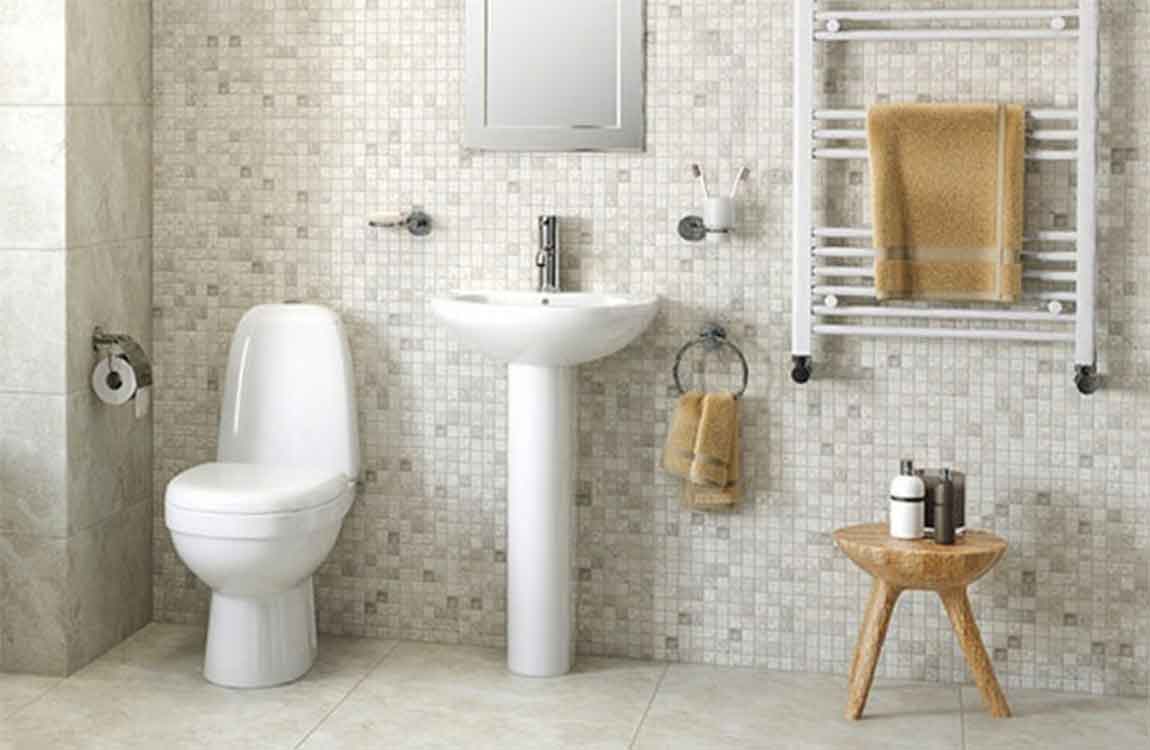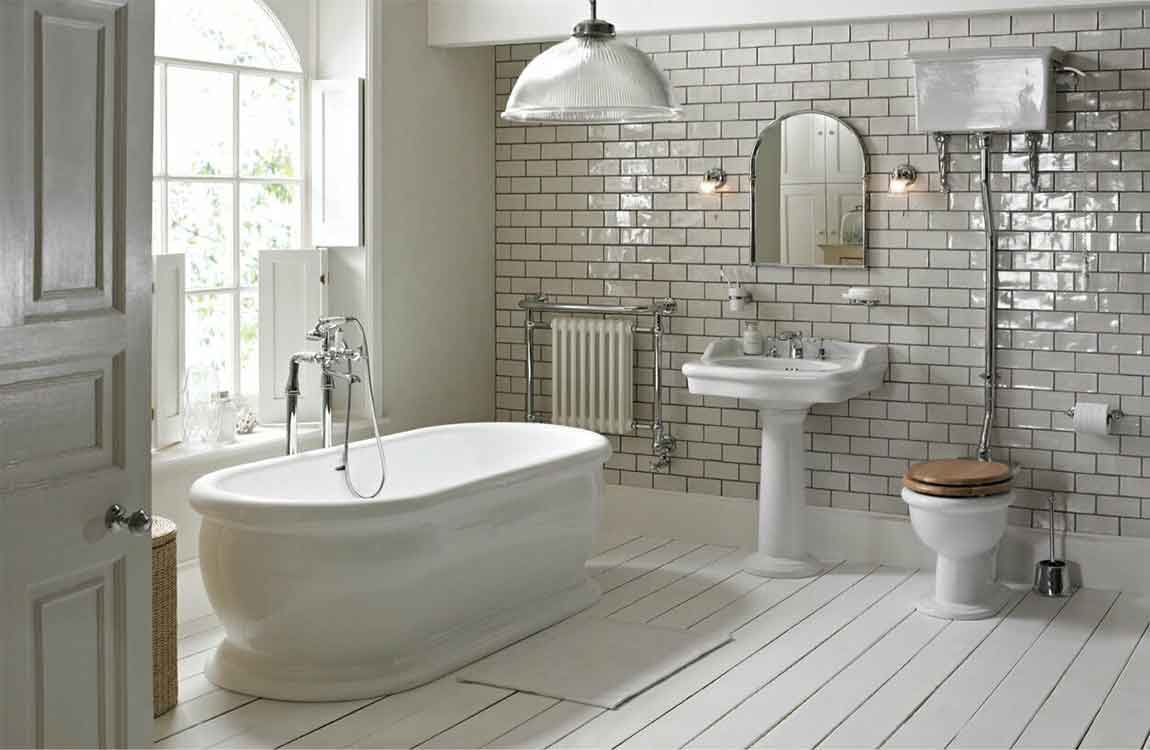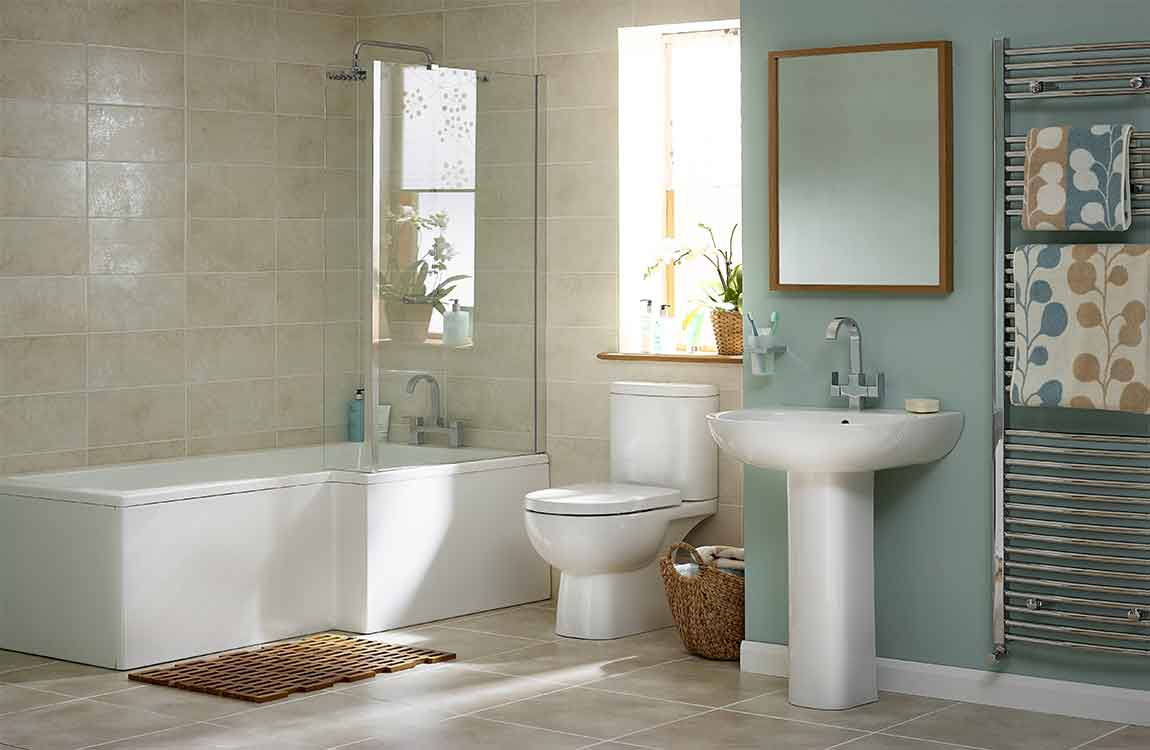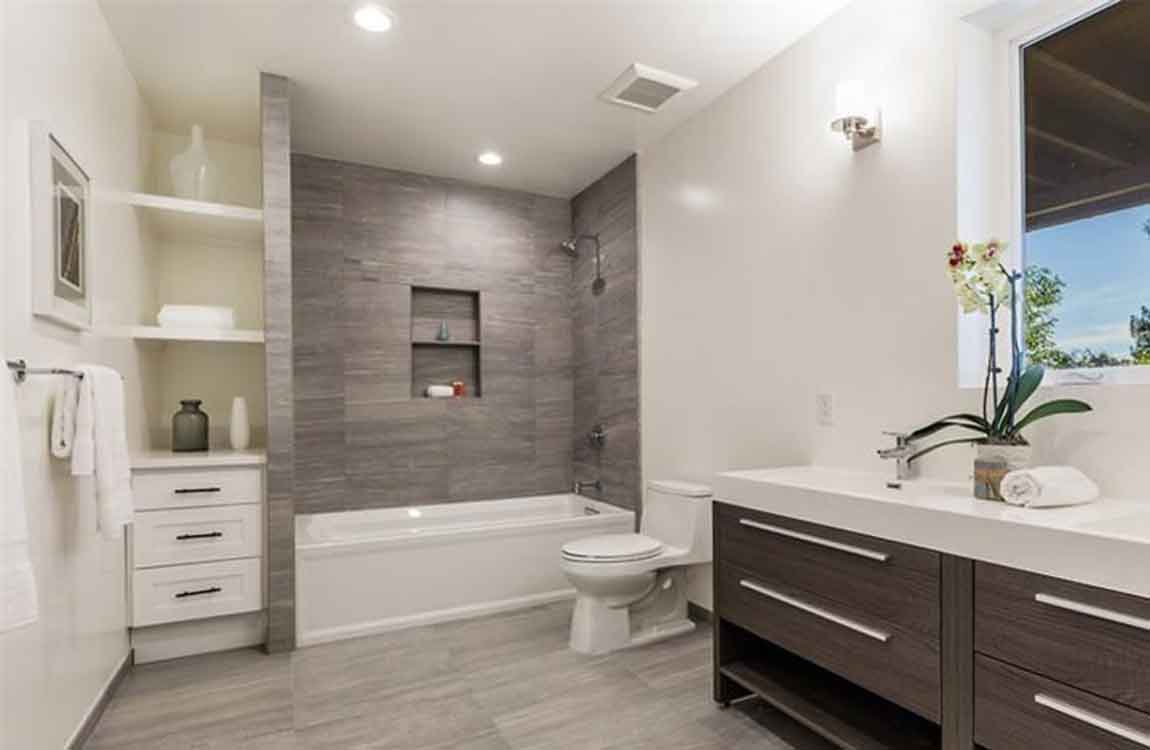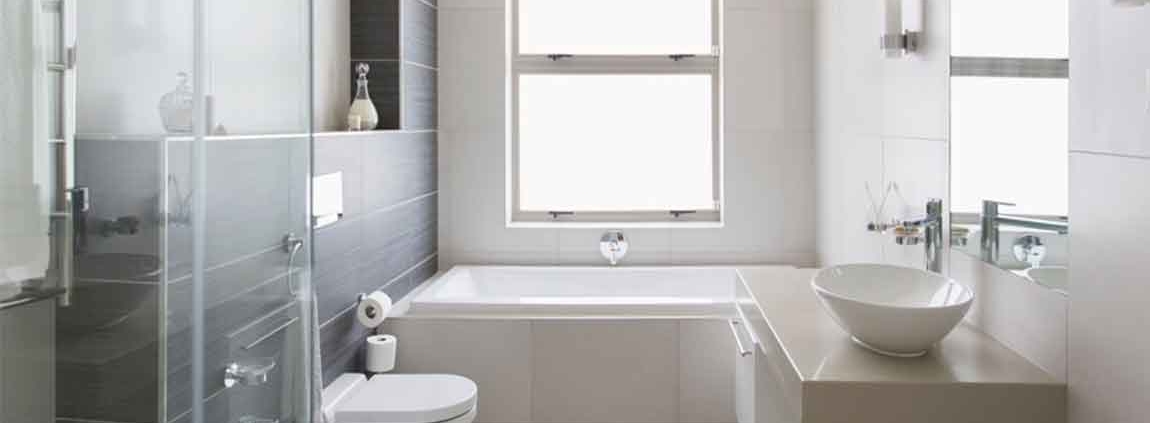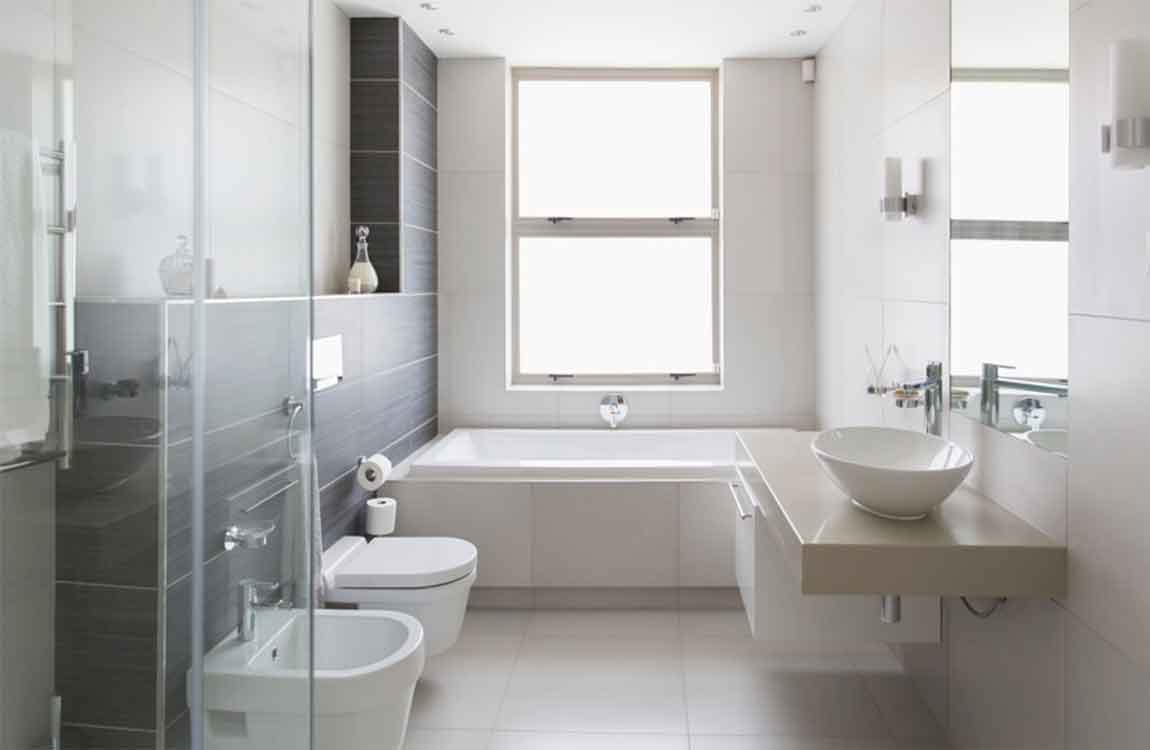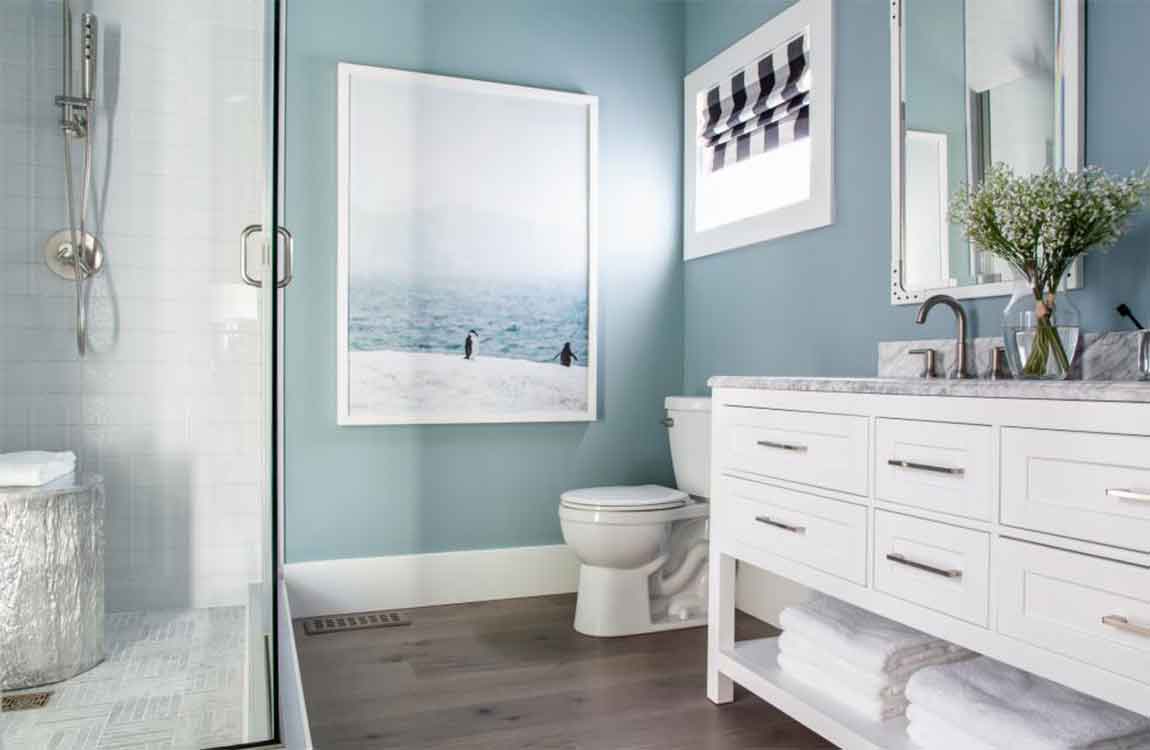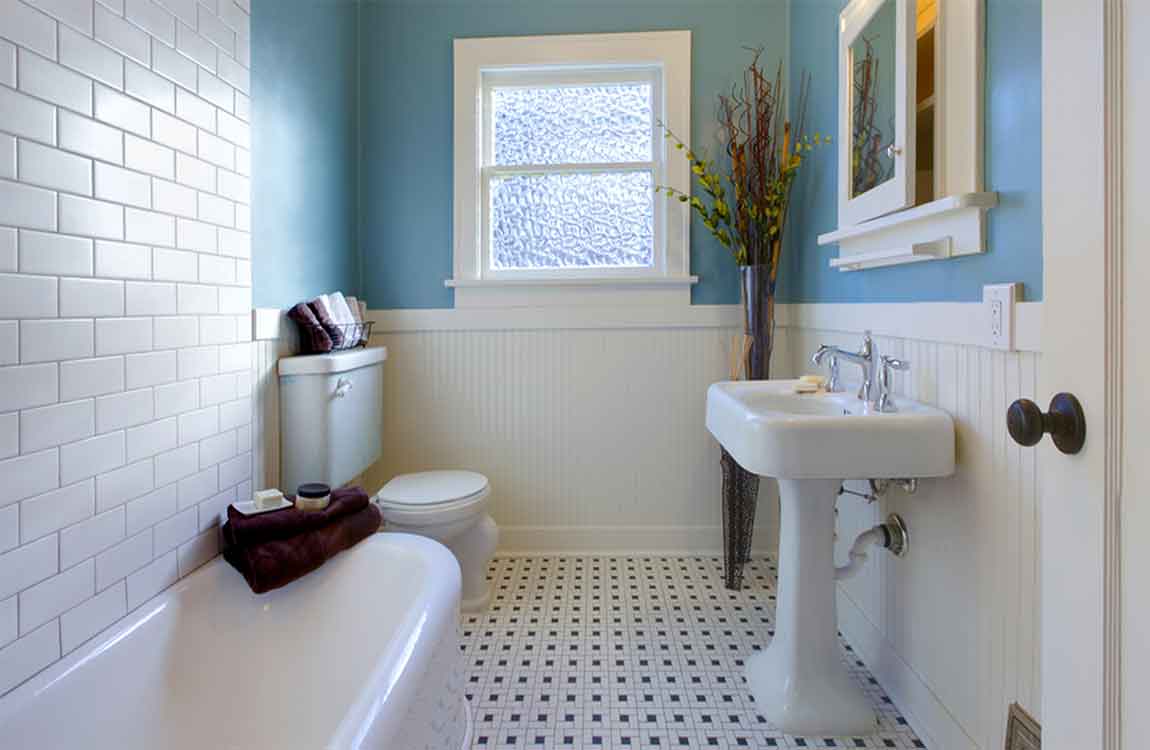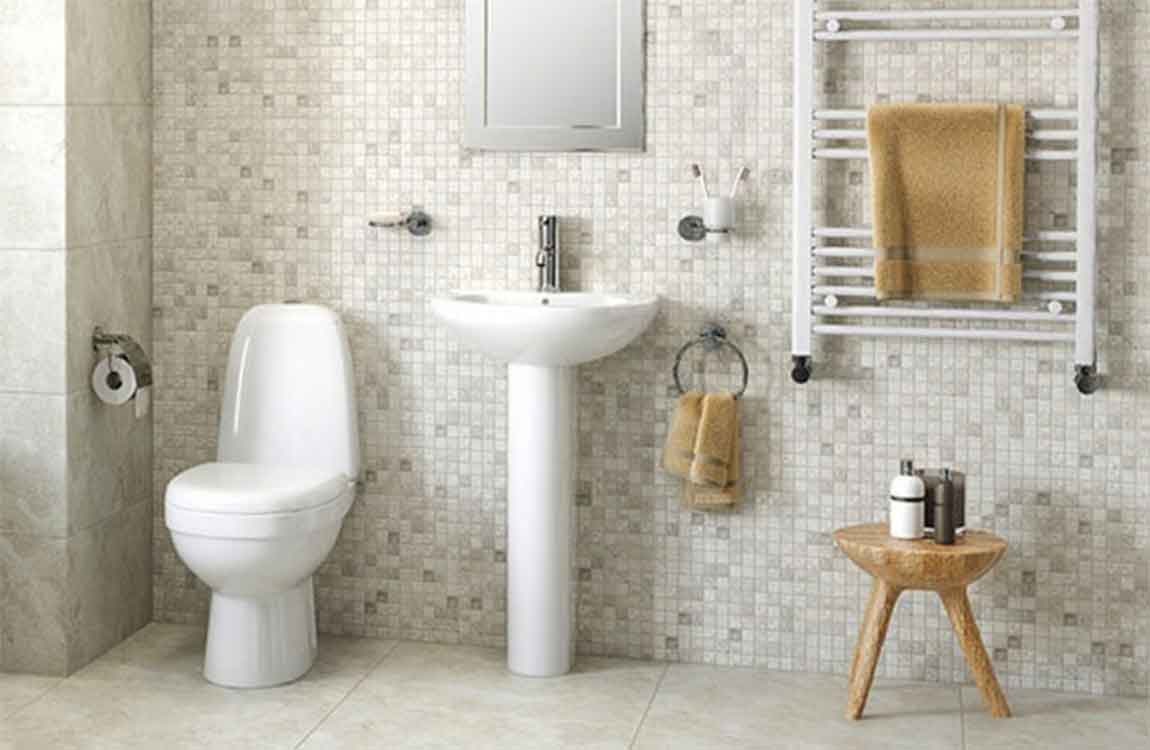How to Remove Black Flaking in a Jetted Bathtub?
By the time you see any type of flaking coming out of the jets of a whirlpool bathtub. it’s already too late. The flaking are remnants of bacteria, mostly harmful, condos that have now decayed and are ruining your visual of a relaxing spa bath. Don’t use bleach. First things first, we don’t use bleach because over time it will breakdown gaskets, bushings, etc.
We also won’t use any dishwashing detergent since it will put a coating layer on the flaking we are trying to remove. Fill the jetted tub up with warm water 1″ about the highest jet. Add a non toxic bio cleaner to the water per the instructions on the cleaning product label, normally it is 1 teaspoon or 1 capful, depending upon the bio cleaner.
Run the jets, turn off the air valve if you have one, on high for 10-15 minutes. This allows the bio cleaner to scrape off the gunk (flakes) that are solidified on the pipe and jet walls. Bio Cleaners use special properties that are ecological, green and non toxic and have the capability to eradicate bacteria, algae, mold, mildew, dead skin, soaps, and other gunk in the piping and remove them to the sides of the tub.
When you have completed the 10-15 cleaning cycle, remove 2 inches (5.1 cm) of water, clean the “ring around the tub”, refill with 2 inches (5.1 cm) of water and repeat the process. You will have to add more bio cleaner in as well. To maintain a clean jetted tub, you really need to clean it once a week, preferably after a bath to save on water.
Paint on 2-3 coats of the new finish with a brush and roller. Always paint in 1 direction when you apply the new coat to your tub. Roll on the new finish to the floors and sides in even back-and-forth rolls until the flat area is completely covered. Fill in the corners and curves of the tub with even back-and-forth brush strokes. Let each coat dry for at least 30 minutes before you put the next coat on.

